
To Carola, Thomas and Isabel,
with whom I learn, unlearn
and relearn every day
Every reasonable attempt has been made to identify owners of copyright. Any errors or omissions brought to the publishers attention will be corrected in subsequent editions.
D/2021/45/192 ISBN 978 94 014 7720 8 NUR 800
Cover and interior design: Wendy De Haes
Constant Berkhout & Lannoo Publishers nv, Tielt, 2021.
LannooCampus Publishers is a subsidiary of Lannoo Publishers, the book and multimedia division of Lannoo Publishers nv.
All rights reserved.
No part of this publication may be reproduced and/or made public, by means of printing, photocopying, microfilm or any other means, without the prior written permission of the publisher.
LannooCampus Publishers
Vaartkom 41 box 01.02
3000 Leuven
Belgium
www.lannoocampus.com
P.O. Box 23202
1100 DS Amsterdam
Netherlands
Contents
Introduction
Welcome!
Over the last couple of years, the world of retail has experienced a massive disruption as a result of the increasing share of online sales, digitisation of services, rise of discount brands, higher competitive pressure driven by decreasing population growth, and consumer demand for sustainable, transparent solutions. These developments require a new perspective on shopping, and perhaps even a reinvention of current retail models. To mobilise change, organisations do not only need a clear vision from top management but also fresh perspectives from all team members and partners across the value chain. This book offers tools to help retailers and their suppliers to analyse, activate and innovate their categories, and to improve mutual collaboration.
Retailer: Desire to connect with the shopper
Shopping at a retailer where you are known and where your personal needs are met feels so much better. Shoppers experience that service best in mom-and-pop stores, but this retail model has become hard to operate and make profitable today. Though retailers are still in direct contact with their customers, they have not been able to maintain that level of personalisation. For many years, the best shoppers got were pictures of friendly smiling staff at the entrance and statements about customer-driven values chalked on the wall. Fortunately, digitisation of retail operations and data analytics allow retailers to reestablish this personal connection with the shopper. There is not much time to lose because shoppers easily get used to new services and increase their expectations each time someone in the marketplace improves the shopping experience. Shoppers have come to expect the best 24/7 service and the highest quality at the lowest possible price. Oh, and dont forget to make the retail business fully transparent with regard to costs, fair labour practices, impact on the planet and supplier business practices. The sudden rise of COVID-19 has come as a wake-up call for new approaches to product delivery logistics and store operations. However, the need for change was already there.
Supplier: New ways of bonding with the shopper
When suppliers take an optimistic view on the current Cambrian diversification of media and distribution channels, they see more touchpoints to start and build their relationships with shoppers. In fact, media and distribution are merging as illustrated by the combination of Google Search and Shopping, the buy buttons on social media such as Instagram, and the digital advertising screens in brick-and-mortar stores. Historic definitions of what channels are disappear as retailers continuously add new categories in search of incremental revenue. They come up with new, seemingly weird combinations such as books and eye care, and a hairdresser with a bicycle shop. Every time a new type of retail model arrives on the scene, such as category killers, TV-shopping and service-oriented hard discount, suppliers need to assess if they match their brands. New business models such as market places, search engines and comparison websites create the possibility to deliver the shopper directly and restrict the number of intermediary players. We always assumed that categories such as shoes and fresh produce required personal assistance till Zappos and Ocado taught us that shoppers enjoy buying these online. It is no longer sufficient to ask shoppers for feedback on the product itself, because shoppers evaluate the full shopping journey from search till consumption. Its not just the product, but also the characteristics of the context that make the brand. The old days of imposing the consumer price and the control on brand experience are not coming back. The diversification of media and distribution channels offer suppliers great starting points for co-creation with retailers and shoppers.
Meeting point: Category level
Its not just a matter of technology. The world is changing at such high speed that people across functions and organisations need to mobilise and acquire the right set of innovation competencies. Retailers and suppliers need to prepare their own organisations, but also seek ways of working together. The natural level of conversation between the two is the category, because the category level allows space for discussion where the interests of retailers (coming from the perspective of the complete store and retail brand) and those of suppliers (coming from their brands perspective) meet and can be taken to new heights. This may seem a bit abstract and it helps to realise that the category management philosophy rests on a number of core principles: think category rather than brand or product segment level, deliver value to consumers, enhance collaboration between retailer and supplier, and consider the interaction between supply and demand activities. The creation of sustainable value for consumers by building on the mutual interests of retailers and suppliers offers great inspiration for addressing todays challenges. Since the birth of category management some 25 years ago, the world has changed. Thus, while keeping the mindset and positive aspects of category management, new category management working practices need to be embraced:
 Complement the consumer focus with shopper experiences;
Complement the consumer focus with shopper experiences;
 Shift from project to process way of working;
Shift from project to process way of working;
 Apply advanced analytical tools to explore new data opportunities;
Apply advanced analytical tools to explore new data opportunities;
 Be versatile across formats, channels, markets.
Be versatile across formats, channels, markets.
The Retail Innovation Toolkit
I obtained the ideas for this book when working in the fields of Category Management, Customer Experience, Product Innovation and Design Thinking. Just as the world of retail is mixing things, combining ideas from these different fields helps retailers and suppliers to learn and implement new ways of meeting the (future) expectations of shoppers. The tools in this book help you to analyse, grow, innovate and even reinvent categories in a quick and an enjoyable manner. To facilitate the application in your working environment, I kept the text short and focused. Therefore, the step-by-step instructions are enriched with visualisations of the tools and case studies across a high number of industries. The toolkit offers both basic tools and more complex exercises. Each of the tools indicates the expected experience level, the ideal number of participants and the duration of the action phase. Together they constitute a great manual and reference book to help professionals on both the retail and supply sides accelerate their understanding and skills of managing categories and improving trade relationships. In summary, the rationale of the book is:
Next page
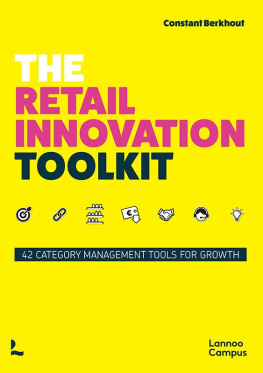


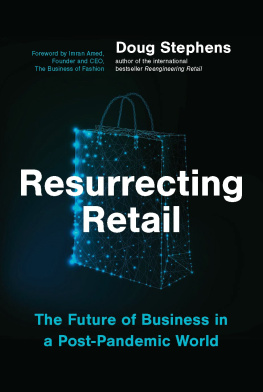

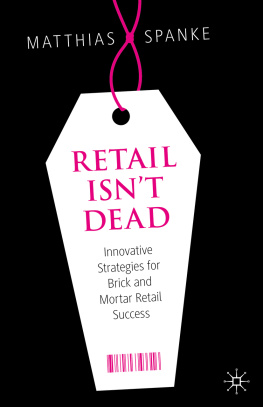
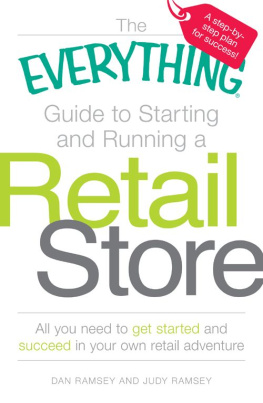
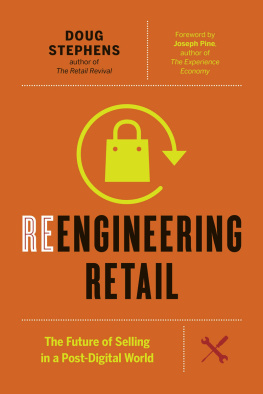
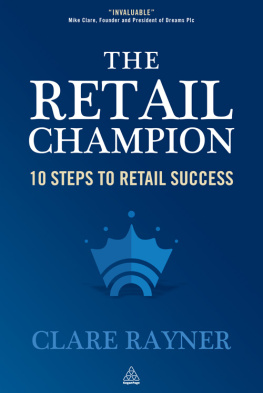


 Complement the consumer focus with shopper experiences;
Complement the consumer focus with shopper experiences;